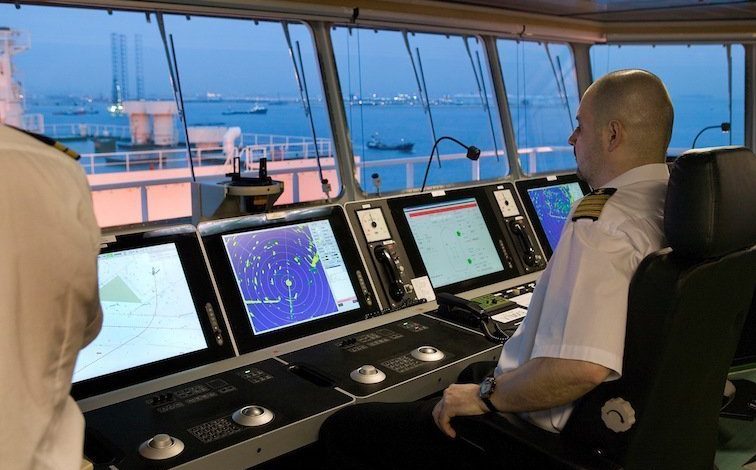Achieving ‘Procurement Nirvana’ with big data

Big data, observed the chair of the ShipServ Smart Procurement KD Adamson, is a little like teenage sex. “Everybody claims they are doing it, most people don’t know how to do it, but think everyone else is doing it. The people who are doing it, aren’t doing it well enough to get any satisfaction from it.”
It was a fitting way to frame a debate that had gone back and forth during the ShipServ Smart Procurement event in Hamburg; does data equal procurement Nirvana? Adamson acknowledged the buzzword issue for big data and opened her panel by suggesting that data is more of a means to an end than a thing in itself, not an IT transformation but a business one.
Tero Marine’s Erik Staubo pointed out his satisfaction that the subject was getting more attention. “We’ve been handling and looking at data for 30 years so I’m pleased when the industry starts looking at it,” he said. “Clients need to need to start doing that analysis so I’m glad that people are talking about it.”
There was still a pressing need he added to understand what users expected the data to deliver. Success depends on setting goals of what they want to achieve and from there, deciding what they need to do.
In addition to representing a huge business opportunity, big data is also a management issue. SpecTec undertakes many data projects for clients and the first questions tend to be whether it is clean and accurate enough, according to Sara Maneschi.
“For a recent project, a customer asked us to centralise information for them and one of the takeaways was that buyers and suppliers do not talk a similar language yet. Owners are working on their own standardisation because they want a view of cost and expenditure. When they put PDFs or Excel data into a management system it starts to break down.”
That suggests the need for a master data management strategy, perhaps on an industry-wide basis, an approach supported with some caveats by Global Head of Procurement for Oldendorff Carriers’ Erik Graumann.
“It’s all about structure, because without it, what you get is just a version of reality and not what you are necessarily looking for. As system development increases, making everything work together has so many implications across the business. We have to be careful of thinking one big system can solve it all because it can become too big and cumbersome,” he said.
The challenge is to encourage creativity in using data, added Staubo. Shipping companies have collected data for years but they need creative employees and management to work out what to do with it. At the same time there should be streamlining that makes it easier to update and maintain.
The need for owners to decide early in the process what they want to achieve from their data was underlined by Jan Kragh Michelsen of Cobham Satcom. The exponential growth in bandwidth availability is making the potential to gather more and more data a reality but do owners simply want to save cost or create an advantage?
“Learning from other industries is important, especially where you see ICT projects going wrong – where companies have gone out and invested without thinking about the skillset and looking at processes. If you don’t change the processes then you will not add any value.”
This skills gap will continue to be a problem, he added but the appetite to move forward was stronger. More and more fleets are coming online but the value lies in sharing data across the supply chain, breaking down the ship-port silos and reducing manual processes.
Staubo added that boards and management only had themselves to blame for not leveraging data. The shipping industry is used to telling itself it is behind the curve, but by handling data more efficiently than the competition it might be possible to get ahead of the curve. “It shouldn’t be that hard to look at how others are using it and deciding how you will apply it as a strategic tool.”
Making it simple is key for SpecTec too, said Maneschi, who described its approach to customers as providing some very high level analytics to generate initial interest. “It can be quite revealing, because shipmanagers who are confident in the way they run their business don’t understand where they can be optimised through a slight change or a closer look at something.”
That suggests that what one company considers ‘exhaust data’ could be useful to another. To Graumann the value is in standardisation, to break down cost items and be more competitive, a process which also creates value for suppliers when they know with certainty what the buyer is asking for.
Kenneth Saetre of Eye-Share agreed that greater simplicity was needed. “With buyers focussed on performing repetitive actions, there is a clear opportunity for data to help automate manual processes and create more transparent processes,” he said. The longer term trend is towards machine learning so that operations become more focussed on the most valuable tasks.
For now it seems the truth is more prosaic. Big data may not equal nirvana for all, but it can be a step on the road to salvation.
